To request our complimentary Resource Documents, add the item(s) to your cart and checkout upon completion. Once your order has been processed, you will receive your Resource Documents via email.
-

Patient Care Survey Results
$0.00 Add to cart -

LSI Program Questionnaire Results
$0.00 Add to cart -

PAD Overview
$0.00 Add to cart -

Benefits of a Whole Food Plant Based Diet
$0.00 Add to cart -

Metabolic Requirements for Recreational and Daily Activities
$0.00 Add to cart -

Guidelines for Cardiac Rehabilitation and Supervised Exercise Therapy
$0.00 Add to cart -

ITP Roadmap
$0.00 Add to cart -

Contraindications to Exercise Testing & Training
$0.00 Add to cart -

Assessments Tools for Cardiac and Pulmonary Rehab
$0.00 Add to cart -

Stages of Change
$0.00 Add to cart -

Referral, Enrollment, and Attendance in Cardiopulmonary Rehab
$0.00 Add to cart -

Medical Surveillance in Cardiac Rehab: People, Science, Technology
$0.00 Add to cart -

Individualized Exercise Prescription
$0.00 Add to cart -
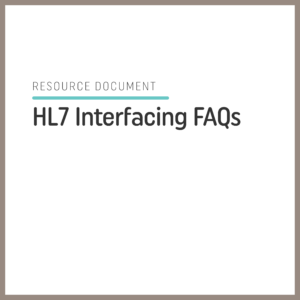
HL7 Interfacing FAQs
$0.00 Add to cart -

Heart Failure Exercise Guidelines
$0.00 Add to cart -

Who Learns from the 6MWT?
$0.00 Add to cart -

Effects of Heat, Humidity and Dew Point
$0.00 Add to cart -
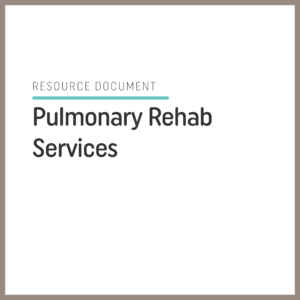
Pulmonary Rehab Services
$0.00 Add to cart -
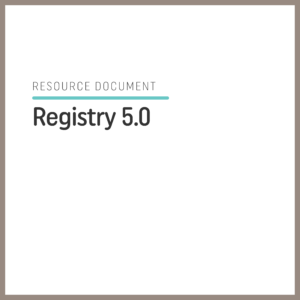
Registry 5.0
$0.00 Add to cart -

Defining The Rating Of Perceived Exertion In Cardiac And Pulmonary Rehabilitation
$0.00 Add to cart -

Interval Training In Cardiac And Pulmonary Rehabilitation
$0.00 Add to cart -

TrensCenter® Cardiac Rehabilitation Data Elements
$0.00 Add to cart -

TrensCenter® Pulmonary Rehabilitation Data Elements
$0.00 Add to cart -

Administering The King 6-Minute Cycle Test
$0.00 Add to cart -

The S.E.E. Principle for Comprehensive Patient Monitoring in Cardiac Rehab
$0.00 Add to cart -

An 18 Visit Model for Comprehensive Cardiac Rehabilitation Program
$0.00 Add to cart -

Mediterranean Eating Plan And Diet Questionnaire
$0.00 Add to cart -

Blood Pressure Guidelines for Hypertension
$0.00 Add to cart -
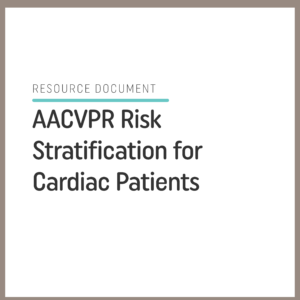
AACVPR Risk Stratification for Cardiac Patients
$0.00 Add to cart -
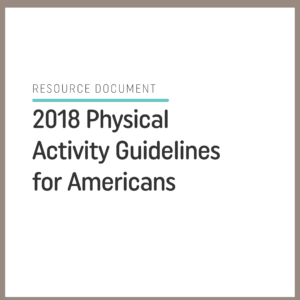
2018 Physical Activity Guidelines for Americans
$0.00 Add to cart -

Risk Factors for Cardiovascular Disease
$0.00 Add to cart -

The Importance of the Functional Exercise Assessment
$0.00 Add to cart -

Considerations for VAD Patients in Cardiac Rehab
$0.00 Add to cart
